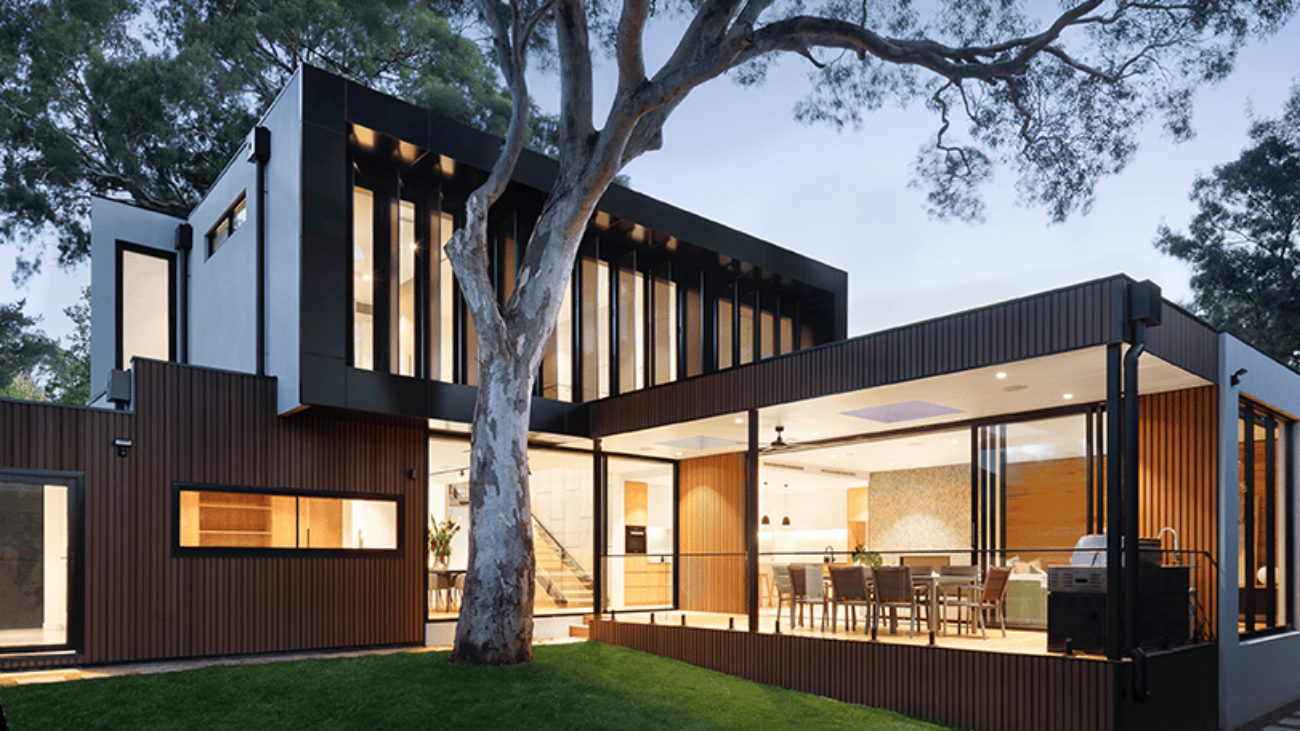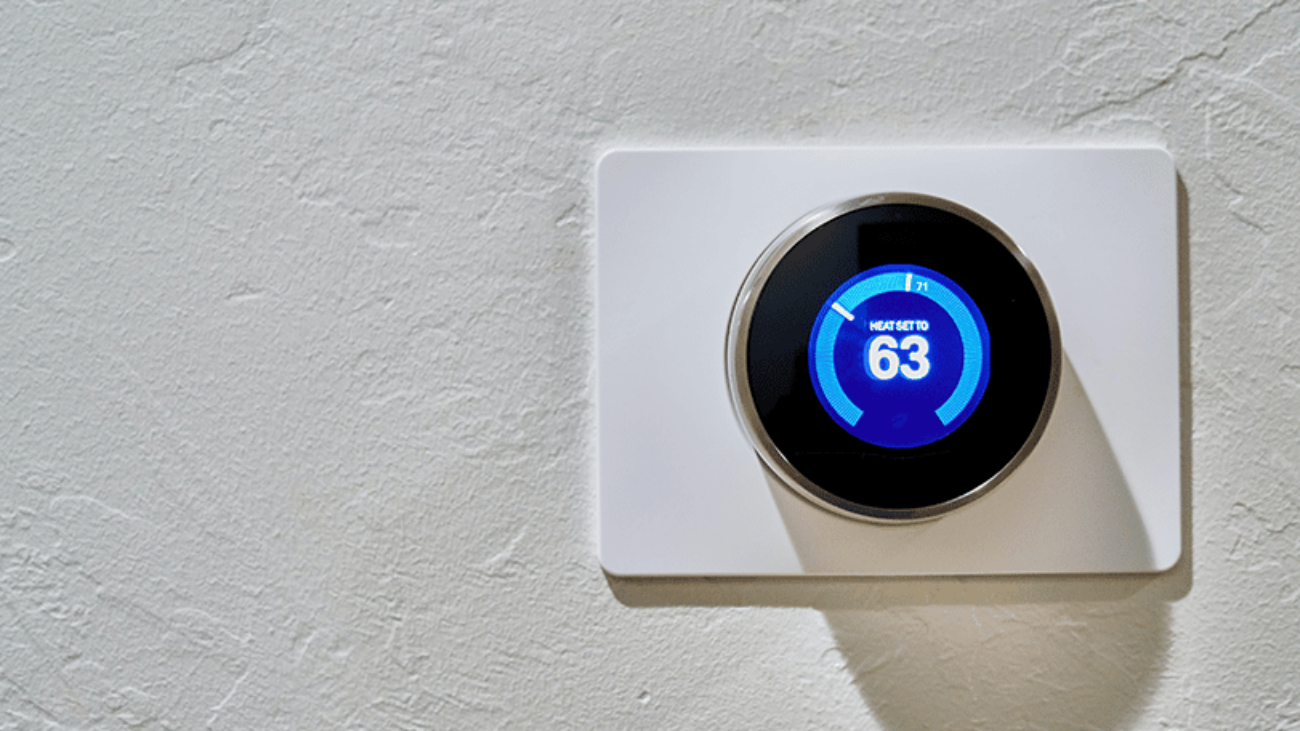When you’re not home, little doubts can plague you. Did I lock the door? Did I leave a key for the housekeeper? Is the AC still on full blast? Smart home devices can resolve those questions and ease your mind. They can also make your home more comfortable and convenient, and save you money.
Once the exclusive domain of the super-rich and alpha geeks, smart home devices have become more common, user friendly, and affordable. You can equip your home with some basic smart devices like a smart thermostat, smart lighting, and smart door locks for $1,000 or less. You can run these devices with your smartphone or tablet. And in many cases, you can install them yourself; no electrical engineering degree required.
Here’s what you need to know to get started in choosing the right smart home devices for your home and your budget.
What Are My Smart Home Goals?
Start by deciding what you want to accomplish, and that will lead you to a relevant device. If you want more security, consider a smart door lock. Are you looking for more comfort and convenience? Check out smart lights that come on right before you get home from work. Want to save money? A smart thermostat that uses artificial intelligence to control the temperature in your house may be the way to go. Do you crave a cool, high-tech gadget that’s downright Jetsons-esque? Go for a smart appliance like a fridge that can stream cooking videos.
Do I Need a Hub?
You don’t necessarily need a hub. In the early days of smart home tech you needed a dedicated device that tied all your smart home devices together. Back then, hubs were problematic, because not all devices were compatible with them, and their software needed to be updated regularly. Those old hubs are near relics now. These days, you can run your smart home devices through an app on your phone or tablet. Wi-Fi and the cloud have been game changers in smart home technology because they enable many devices to network together regardless of the make and the brand.
Many homeowners use a voice assistant like Siri or Alexa as a de facto home hub by tying all their smart home devices to it. Once you do that, you can control your devices with a single unit. If you tie your smart home door lock and smart home appliances to your voice assistant, you can say, “Siri, preheat the oven to 350 degrees and unlock the door,” and consider it done.
“Voice assistants have made so much more possible in the area of smart home devices,” says John Carey, vice president of Designer Appliances, a New Jersey retailer that specializes in smart appliances. “They can work with so many different products.”
Do I Need a Wi-Fi Connection?
You can run your devices by connecting them to a hot spot device, like a MIPS (Microprocessor without Interlocked Pipelined Stages), which lets you tap into a cell phone signal. A MIPS is basically a little computer that hooks your smart devices to the cloud via a cell phone network. You can also run smart devices through a hot spot on your phone or tablet. But you’ll get the best experience with Wi-Fi hooked up to the internet, Carey says.
Can Smart Homes Get Hacked?
Although smart homes can be hacked, the damage a hacker can do is limited, says Christy Roth, director of offer management, home and distribution software for Schneider Electric in Nashville, Tenn. “Hackers can’t get to your bank account through your smart refrigerator,” she says. “But they could see what’s in your refrigerator or turn it off.”
Although appliances can be at risk, homeowners are typically more concerned about risk tied to devices like smart locks and cameras. Carey says you’re better safe than sorry when it comes to security with smart home devices and appliances. “We recommend people set up a guest network that’s separate from their main network and connect all their smart devices to that. That way hackers can’t get on your network and onto your computer, where you store sensitive information.”
4 Smart Home Device Categories
Here’s a quick primer on four of the most popular smart home devices and some pros and cons for each.
- Smart thermostats —They’re the top-selling smart home device. Around 33 million households in the United States had one as of 2020. “They’re the most natural place to start if you want to get into smart home tech,” Roth says. Smart thermostats let you create programmable temperature settings based on your schedule, the weather, and your own needs. Many smart thermostats incorporate artificial intelligence technology to learn your schedule and adjust heating and cooling according to when you’re home. They’ll turn off the AC while you’re at work and turn it on 30 minutes before you get home from work each day. “They definitely pay for themselves with energy savings,” Carey says.
Pros
- Smart home thermostats reduce the use of heating and cooling systems when nobody is home. If your HVAC runs less, your utility bill will be lower.
- They alert you when it’s time to change the filter and can tell you when your last maintenance check was, saving you costly repairs.
Cons
- They can be complex to operate. “Setting up the profiles for vacation and sleep isn’t easy, so people can end up ignoring them or overriding them,” Roth says. “And the AI can annoy some people so that they override it. That defeats the purpose of having them.”
- Some require professional installation.
- Smart lighting— This includes smart lightbulbs or smart switches. Both can be controlled remotely, via your smartphone when you’re miles away or with a voice assistant when you’re at home. You can program them to turn on or off at certain times and control their brightness.
Pros
- Smart bulbs are simple to set up; you can screw them into a light fixture yourself.
- They are easy to scale up; buy more to enlarge your smart lighting system.
- They let you use whatever bulb you want because the switch is hooked to the cloud, not the bulb.
Cons
- You can’t get smart bulbs to fit every fixture.
- They don’t work well in fixtures tied to dimmer switches.
- They require rewiring to install. You’ll need to call a pro.
- Smart appliances —Anything that runs on electricity is game for joining the Internet of Things, the ever-growing network of connected devices that talk to one another via the cloud. So, you can get smart microwaves that let you download cooking instructions for frozen food, smart ovens you can preheat before you get home, and smart refrigerators that alert you when food hits its expiration date. “Our biggest seller is smart washing machines,” Carey says. “They’ll alert you when your laundry is done, so you can get it into the drier before it sours.”
Pros
- They look cool. What’s not to love about a refrigerator with a touchscreen that lets you see inside the fridge without opening it?
- They can cut your electric bill. Some smart appliances can calculate energy rates and schedule themselves to run during off-peak hours when electricity rates are lower.
Cons
- They’re expensive to buy and repair.
- If your internet goes down, your smart appliances become dumb ones.
- Smart door locks —They let you lock and unlock your house with the tap of a finger or a voice command. No keys required. Smart locks enable remote access, so you can unlock a door to let in a guest while you’re at work. Some locks allow you to monitor entry and exit logs in real time, so you can see if the kids got home from school or if the dog walker arrived on time. Some allow you to set up entry codes that work for only a certain period of time, so you can control who has access to your house.
Pros
- You don’t have to dig in your purse or pockets for keys.
- You can see who comes and goes at your house.
- Instead of giving out house keys to everyone who needs to get into your home, you can set a code for the cleaning person or the dog walker that only they use.
Cons
- They run on batteries. If the battery goes dead, you’re locked out.
- If the power goes out or your Wi-Fi goes down, you won’t be able to operate the lock remotely.
- Like all smart tech, smart locks can be hacked. But they have a system that will notify you or the police of an unauthorized entry.
Smart devices are a smart investment as long as they add comfort, convenience, or savings that you value. You’ll be more likely to get what works for you after exploring the most popular options and their pros and cons.
By: Leanne Potts
[/et_pb_text][/et_pb_column][/et_pb_row][/et_pb_section]



